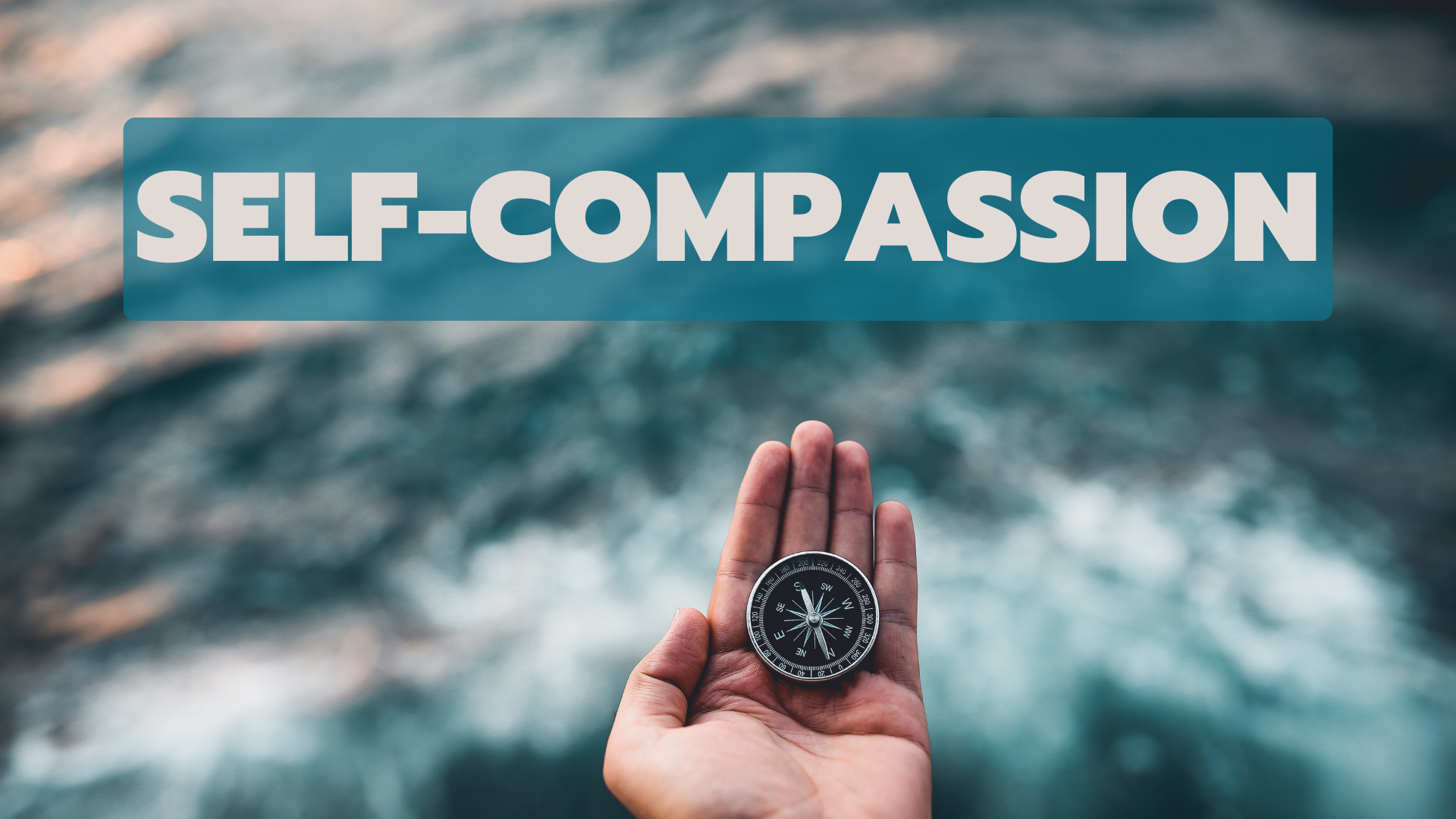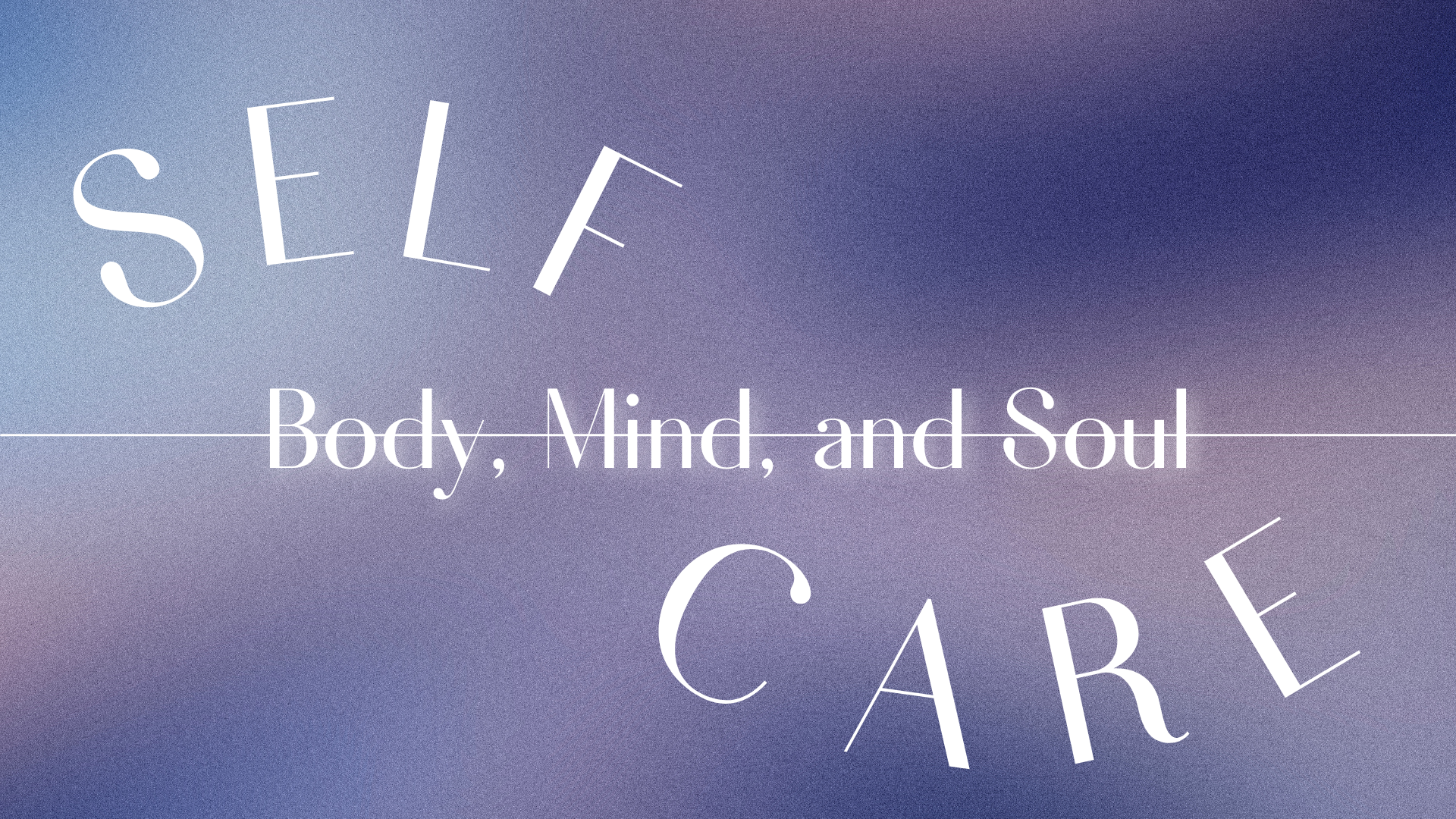Author: Corinne Terhune
When people talk about compassion, what comes to mind? What even is compassion? Often, we think about compassion and empathy towards others, but when was the last time you extended that grace towards yourself?
When we think about extending compassion towards others, that looks like recognizing their experiences and struggle, and then offering your presence and gifts to honor that suffering. Now, imagine what that would look like to offer those things to yourself, utilizing self-compassion. Instead of avoiding or ignoring your pain, recognize it and give grace towards it, like you would anyone else.
The first step towards self-compassion is recognizing that you are human. All humans make mistakes, have imperfections, and have growth areas. This is part of the human experience! Can you begin to extend the same grace you extend a friend or family member when they show their shortcomings? In extending this compassion, we solidify our own self-worth. Self-worth is not just identifying strengths but having compassion for our growth areas. Your pain or struggle is worth looking at and recognizing. Through this recognition, you can begin to practice self-kindness versus self-judgment. Be curious about your actions rather than judge.
So how do we put this into action?
Mindfulness is a great first step. The idea behind this practice is that we allow the thought to pass by instead of dwelling on it. For example, the thought comes into your head that you should have remembered it was your friend’s birthday. How could you forget?! Instead of dwelling on this thought, letting it consume you, and taking a trip down the shame spiral, notice this thought and allow it to pass by. You could’ve remembered their birthday, but you forgot. You are only human, and you will try to do better next time. Imagine the thought drifting down a river: you notice it, and then it continues downstream. You can find instructions for this particular exercise down below.
In conclusion, our hope is through practicing self-compassion, you can begin to extend yourself compassion so that you can gain a better relationship with yourself and others. As therapists, we know that compassion towards yourself and others can be hard, and if you find yourself wanting help and guidance in this, call the Refuge Center to set up an appointment. You can do so at: 615-591-5262 or go to refugecenter.og
If you are interested in more information about self-compassion, visit self-compassion.org for great resources and information.
Mindfulness Exercise on observing thoughts
Here is an example of a meditation on observing thoughts (Harris, 2019):
(1) Sit in a comfortable position and either close your eyes or rest them gently on a fixed spot in the room.
(2) Visualize yourself sitting beside a gently flowing stream with leaves floating along the surface of the water. Pause 10 seconds.
(3) For the next few minutes, take each thought that enters your mind and place it on a leaf… let it float by. Do this with each thought – pleasurable, painful, or neutral. Even if you have joyous or enthusiastic thoughts, place them on a leaf and let them float by.
(4) If your thoughts momentarily stop, continue to watch the stream. Sooner or later, your thoughts will start up again. Pause 20 seconds.
(5) Allow the stream to flow at its own pace. Don’t try to speed it up and rush your thoughts along. You’re not trying to rush the leaves along or “get rid” of your thoughts. You are allowing them to come and go at their own pace.
(6) If your mind says “This is dumb,” “I’m bored,” or “I’m not doing this right” place those thoughts on leaves, too, and let them pass. Pause 20 seconds.
(7) If a leaf gets stuck, allow it to hang around until it’s ready to float by. If the thought comes up again, watch it float by another time. Pause 20 seconds.
(8) If a difficult or painful feeling arises, simply acknowledge it. Say to yourself, “I notice myself having a feeling of boredom/impatience/frustration.” Place those thoughts on leaves and allow them to float along.
(9) From time to time, your thoughts may hook you and distract you from being fully present in this exercise. This is normal. As soon as you realize that you have become sidetracked, gently bring your attention back to the visualization exercise.
Written by Corinne Terhune, Masters Level Intern at The Refuge Center for Counseling
Other resources:
Harris, R. (2019). ACT made simple: An easy-to-read primer on acceptance and commitment therapy. New Harbinger Publications.
Neff, K. (2020, July 9). Definition and three elements of self compassion: Kristin Neff. Self. https://self-compassion.org/the-three-elements-of-self-compassion-2/




